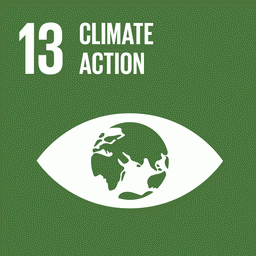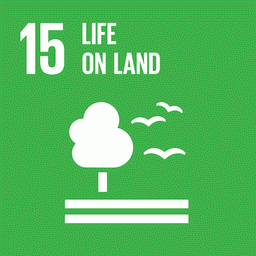A study published in the scientific journal Nature Climate Change this Thursday, 11, endorses the urgency of issues discussed at the biggest climate event in the world, the COP26, and points to the climatic limit of agriculture in Brazil. Scientists from Brazil and the United States reveal that the effects of climate change are already affecting agricultural production in the country – one of the largest food producers in the world.
Changes in the rainfall regime and in the increase in temperature, which are already being observed today, are set to worsen even more in the coming years, and the impacts will be felt mainly in the Brazilian Cerrado.
In the Brazilian Midwest, 28% of the agricultural areas producing corn and soybeans are no longer producing in their ideal climate, reveals the survey. These adverse conditions have already reduced soybean and corn crop yields in Matopiba and Mato Grosso, and production losses have left agricultural areas without planting a second crop, especially since 2012.
If there are no investments in adaptation, warns the study, the percentage of agriculture produced outside of its ideal conditions in central Brazil could reach 50% in the next decade and 70% in thirty years.
Scientists analyzed the link between productivity and weather conditions in 679 municipalities in Mato Grosso and Matopiba. Together, they account for 50% of Brazilian agricultural production and occupy almost 2 million square kilometers. If they were a country, the states of Bahia, Maranhão, Mato Grosso, Piauí and Tocantins would be ahead of Argentina as the third largest soy producer in the world.
Plantations like these depend on climate stability, but agricultural expansion, often associated with deforestation, changes the scenario, which can lead to a drop in productivity and a reduction in the number of crops, in addition to aggravating global warming.
“Native vegetation works as a natural power plant that regulates the local microclimate. If we remove this vegetation, the farmed area becomes drier and this disrupts the growth cycle of plants such as soybeans and corn, impacting their productivity”, explains the lead researcher of the study, Ludmila Rattis, from IPAM (Amazonian Environmental Research Institute) and the Woodwell Climate Research Center. “Whoever cuts down the natural vegetation is planting drought.”
Production losses
Almost 90% of agriculture in Brazil depends on rain, which makes climate instability an economic and social risk for the agricultural production chain, both for export and for internal consumption. If in the early stages of plant development the climate is unstable, and it does not rain at the expected time, for example, or the temperature rises a lot, there is a favorable scenario for a drop in crop production – even in years of less intense drought.
“Brazil would have produced much more and expanded its agriculture way faster if it weren’t for the intensification of extreme weather events in the region. Agriculture that replaces native forests is in dire need for rain generated by forests”, says Paulo Brando, one of the authors of the article, researcher at IPAM and the University of California at Irvine.
In the soybean crop without irrigation, the calculated loss was up to 5 kg per hectare in Matopiba and 26 kg/ha in Mato Grosso. For those who depend on irrigation, the loss is greater: losing 111 kg/ha in Mato Grosso and 114 kg/ha in Matopiba. In the off-season corn, produced without irrigation, there is a loss of up to 1,353 kg/ha in Matopiba and 892 kg/ha in Mato Grosso. The ones who depend on irrigation, lost 24 kg/ha in Matopiba and 665 kg/ha in Mato Grosso.
In El Niño years, the drop in crop yields is even greater due to the aggravation of the phenomenon by the greenhouse effect. The loss in the soybean harvest can be up to three times greater, and in the corn harvest, up to nine times greater.
Researchers point out to the need to plant using different techniques, not only different types of seed. Also, technology and new agricultural practices will not be enough if they come without investments in ecosystem restoration and maintenance of existing vegetation.
“Adapting seeds to the new climate conditions is a challenge similar to improving cell phone batteries: there is a genetic limit to a plant, just as there is a physical limit to a battery. We must invest in new seeds and machinery, but seeking a climate balance must be a priority”, says Rattis. “The natural system is very close to its maximum responsiveness.”
In recent decades, Brazilian agriculture has expanded into warmer areas, which has forced the limit of plant adaptation. “Agriculture in Brazil is designed for the climate we had in the 1970s and 1980s, when the country began investing in seed adaptation. The climate is no longer the same and there is a limit to the adaptation of plants, creating a huge challenge for the Brazilian agricultural sector”, comments Brando.
Among the parameters analyzed in the research are agricultural expansion trends, number of areas with one or more crops per harvest, amount of sand in the soil and climate suitability linked to the productivity of planted areas, data from the IBGE (Brazilian Institute of Geography and Statistics ) on crop productivity – in a time series ranging from 1976 to 2020 for soybeans and from 2003 to 2020 for corn – with the monthly climatic conditions of the same period in the studied municipalities.


